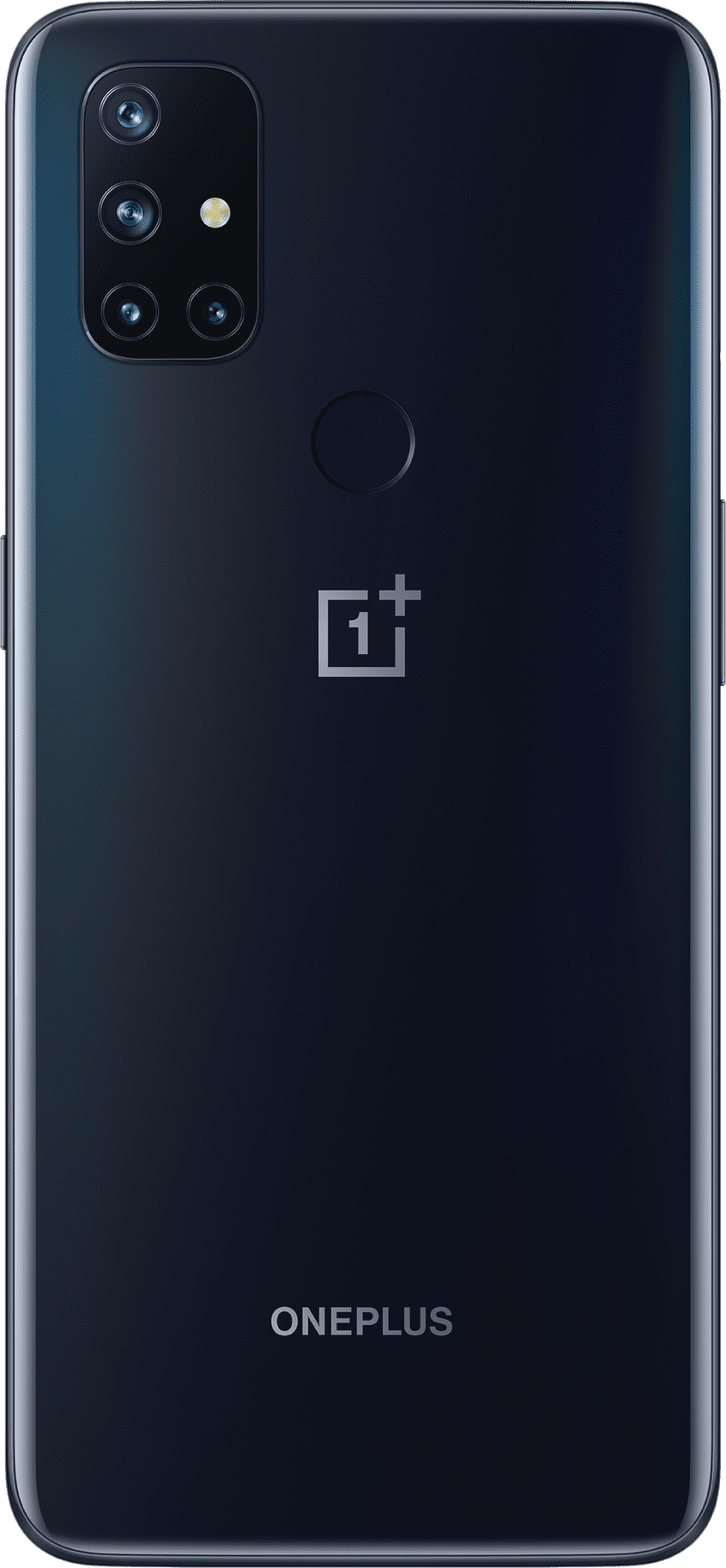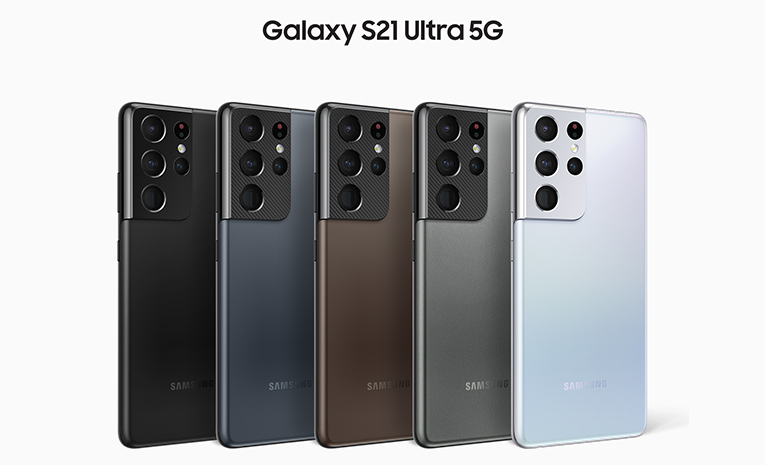Sony Xperia 1 6.5″ 4K HDR OLED with Alexa Hands-Free (Unlocked) (128GB) & WH1000XM3 Wireless Noise Cancelling Headphones Bundle
6 5″ 4K OLED smartphone with 21 9 Cinema Wide display. Triple lens camera system with eye auto-focus and up to 10 fps burst shooting with AF/AE tracking for precision focus and exposure.
Additional information
| Product Dimensions | 10 x 10 x 5 inches |
|---|---|
| Item Weight | 3.09 pounds |
| Item model number | J8170US/BWH |
| Batteries | 2 Lithium ion batteries required. (included) |
| OS | Android |
| RAM | 6 GB |
| Wireless communication technologies | Bluetooth |
| Connectivity technologies | Wired |
| Display technology | OLED |
| Other display features | Wireless |
| Form Factor | Bar |
| Colour | With Noise Cancelling Wireless Headphones |
| Included Components | Phone, headphones, headphone adapter, USB-C cable, USB-C power adapter, wireless noise-cancelling headphones |
| Manufacturer | Sony |






Reviews
There are no reviews yet.